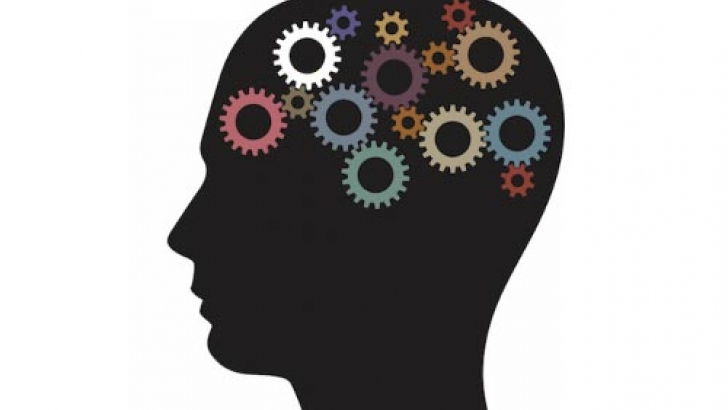Did you know that it has been argued that ADHD does not exist!? In reality, there are over 100,000 scientific articles about ADHD proving that this statement is a myth. Cases of ADHD have identified as far back as the 1700s. Currently, approximately 17 million children and adults in the United States are diagnosed with this pervasive disorder. Often, individuals with ADHD are stigmatized or misunderstood because of the different ways ADHD can present. In fact, symptoms sometimes can look like extreme forms of normal behaviors. ADHD symptoms are caused by a chemical imbalance in our brains. It is important to note that high rates of young boys and adult males are diagnosed with ADHD, but girls and adult females are just as likely to be diagnosed.
Someone with ADHD may wonder, “What causes this chemical imbalance?” or “Why am I like this?” Images of brains of individuals with ADHD revealed different patterns of “neurological wiring” in brain areas that impact attention, impulses, and motivation. Evidence also shows that having a family member with ADHD increases one’s likelihood of being diagnosed. If you or someone you know is experiencing challenges related to inattention, forgetfulness, impulsivity, or restlessness, it is important to seek a professional assessment to get appropriate assessment and treatment. Cognitive-behavioral therapy for ADHD paired with ADHD medications is the current recommended treatment protocol for symptom reduction. There is no cure for ADHD, but there are ways to increase our ability to cope and decrease challenges!
For more information about ADHD or self-screening tools, visit the official ADHD Awareness Month website at https://adhdawarenessmonth.org/. Someone with ADHD may also find the following tips helpful in their daily routines:
Obtain and use a daily planner or calendar. Spend 5-10 minutes per day devoted to populating a daily planner with activities.
Identify specific “homes” for essential daily items, such as keys, cell phone, wallet/purse, daily planner, etc.
Identify ways to automate payments, appointment reminders, set alarms on a phone, etc.
Break down large tasks into small, actionable steps.
Schedule time during the day for self-care and exercise.
Define incentives for task completion and take adequate breaks during and between tasks
This information was retrieved from the following source: Myths and Facts about ADHD. (2011-2019). Retrieved October 22, 2019, from https://adhdawarenessmonth.org/.
Author: Lauren Truskey, M.S.Ed.

